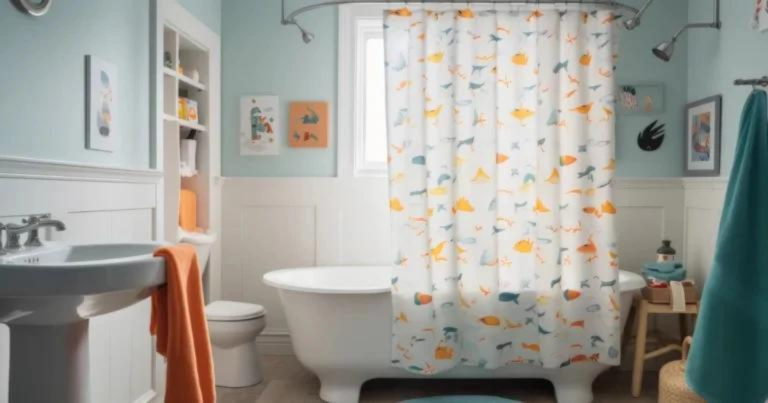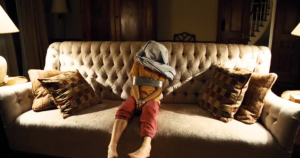Termites are small but powerful insects that can cause significant damage to homes and other wooden structures. Among their colonies, baby termites, often referred to as nymphs, play a crucial role in their development. But what do these tiny creatures look like, and how do they fit into the life cycle of termites? In this blog, we’ll dive into the appearance, growth, and behavior of baby termites in simple and easy-to-understand language.
The Life Cycle of a Termite
Before understanding what baby termites look like, it’s essential to know the termite life cycle. Like many other insects, termites undergo several stages of development. There are three main types of termites within a colony: workers, soldiers, and reproductive termites (kings and queens).
The termite life cycle consists of:
- Eggs: The queen termite lays eggs that look like tiny white or yellowish spheres. These eggs are generally laid in large numbers and are carefully cared for by worker termites.
- Nymphs (Baby Termites): Once the eggs hatch, baby termites or nymphs emerge. These are the youngest termites in the colony, and their appearance is quite different from adult termites.
- Adult Termites: Nymphs grow into adult termites, which may become workers, soldiers, or reproductive termites, depending on their role within the colony.
What Do Baby Termites Look Like?
Baby termites, or nymphs, are often pale or white in color and very small in size. They typically look like tiny versions of adult termites, but with a softer, more transparent body. They may be difficult to spot due to their size and color, especially when they are hiding within wood or soil.
Here’s a breakdown Of The Main Characteristics Of Baby Termites:
- Size: Nymphs are extremely small, often only a few millimeters long. Their size makes them hard to see without a close inspection.
- Color: Baby termites are pale white or yellowish in appearance. As they grow older, their color may darken slightly, but they remain light-colored compared to adult termites.
- Body Shape: They have soft, elongated bodies that resemble adult termites but lack the more developed features, such as wings or large mandibles (for soldier termites).
- Legs and Antennae: Like adult termites, nymphs have six legs and a pair of antennae. Their antennae are straight, unlike those of ants, which are bent.
- Wings: Unlike adult reproductive termites, baby termites don’t have wings. They may develop wings later in their life cycle if they are destined to become reproductive members of the colony.
Where Can You Find Baby Termites?
Baby termites can usually be found deep inside a termite colony. These colonies are often hidden in wood, soil, or damp areas. Termite nymphs tend to stay close to the queen and the eggs, as they need protection and nourishment from worker termites.
If you suspect a termite infestation in your home, it’s not easy to spot baby termites immediately, as they are often hidden deep within wooden structures or underground nests. However, if you break open damaged wood or discover a termite nest, you might see these tiny pale insects scurrying around.
The Role Of Baby Termites In The Colony
While baby termites are small and seemingly insignificant, they play an essential role in the termite colony. As they grow, nymphs are fed and cared for by worker termites. Over time, they will molt several times, shedding their exoskeleton and growing larger with each stage.
Eventually, baby termites will mature into one of three roles:
- Worker Termites: The majority of nymphs will grow into worker termites. These termites are responsible for gathering food, maintaining the colony, and feeding the queen and other members of the colony.
- Soldier Termites: Some nymphs will develop into soldiers. Soldier termites have larger heads and stronger mandibles, which they use to defend the colony from predators like ants.
- Reproductive Termites: A small percentage of nymphs will grow wings and become reproductive termites, also known as alates. These termites leave the colony to establish new colonies during the swarming season.
How To Identify Baby Termites In Your Home
If you’re trying to identify whether you have baby termites in your home, there are a few key things to look for:
- Damaged Wood: One of the most common signs of a termite infestation is damaged wood. If you find soft, hollow wood in your home, it could be a sign that termites have been feeding inside.
- Termite Droppings (Frass): Termite frass looks like small pellets or sawdust. This can be found near wooden structures and is a clear indicator of termite activity.
- Mud Tubes: Termites often build mud tubes to travel between their nest and food sources. These tubes are about the width of a pencil and can be found on walls, foundations, or other surfaces.
- Swarming Alates: During certain seasons, reproductive termites (alates) will leave the colony to form new ones. If you see swarming termites, it’s a sign that a termite colony is nearby.
- Presence of Nymphs: If you break open infested wood or dig into a termite nest, you might see tiny, white or yellowish nymphs moving around.
How To Protect Your Home From Termites
While it can be fascinating to learn about baby termites and their role in a colony, termites can cause serious damage to homes and buildings. Here are some tips to protect your home from termites:
- Reduce Moisture: Termites thrive in damp environments. Fix leaks, ensure proper drainage, and reduce humidity in crawl spaces to make your home less attractive to termites.
- Keep Wood Away from Soil: Termites often enter homes through wood that is in direct contact with the soil. Keep firewood, lumber, and other wooden materials away from your home’s foundation.
- Seal Cracks: Termites can enter your home through tiny cracks in the foundation or walls. Seal any gaps or cracks to prevent entry.
- Regular Inspections: Have your home inspected regularly by a professional pest control service. They can spot signs of termite activity early and recommend treatment options.
- Use Termite Barriers: In some cases, chemical barriers or baiting systems can be used to prevent termites from entering your home.
Conclusion
Baby termites may be small, pale insects, but they play a vital role in the termite colony. From their early stages as nymphs, they grow into workers, soldiers, or reproductive termites, helping the colony thrive and expand. While it can be interesting to learn about these tiny creatures, it’s essential to be vigilant about protecting your home from potential termite damage. Regular inspections and preventive measures can help keep your home safe from these wood-eating pests.







